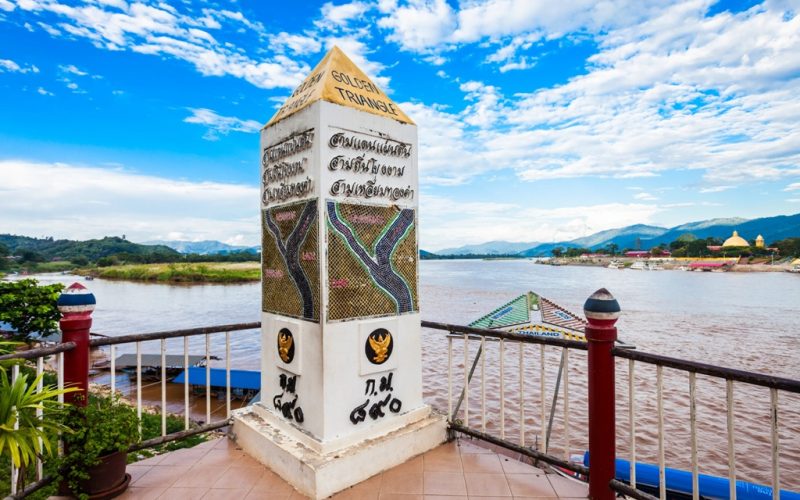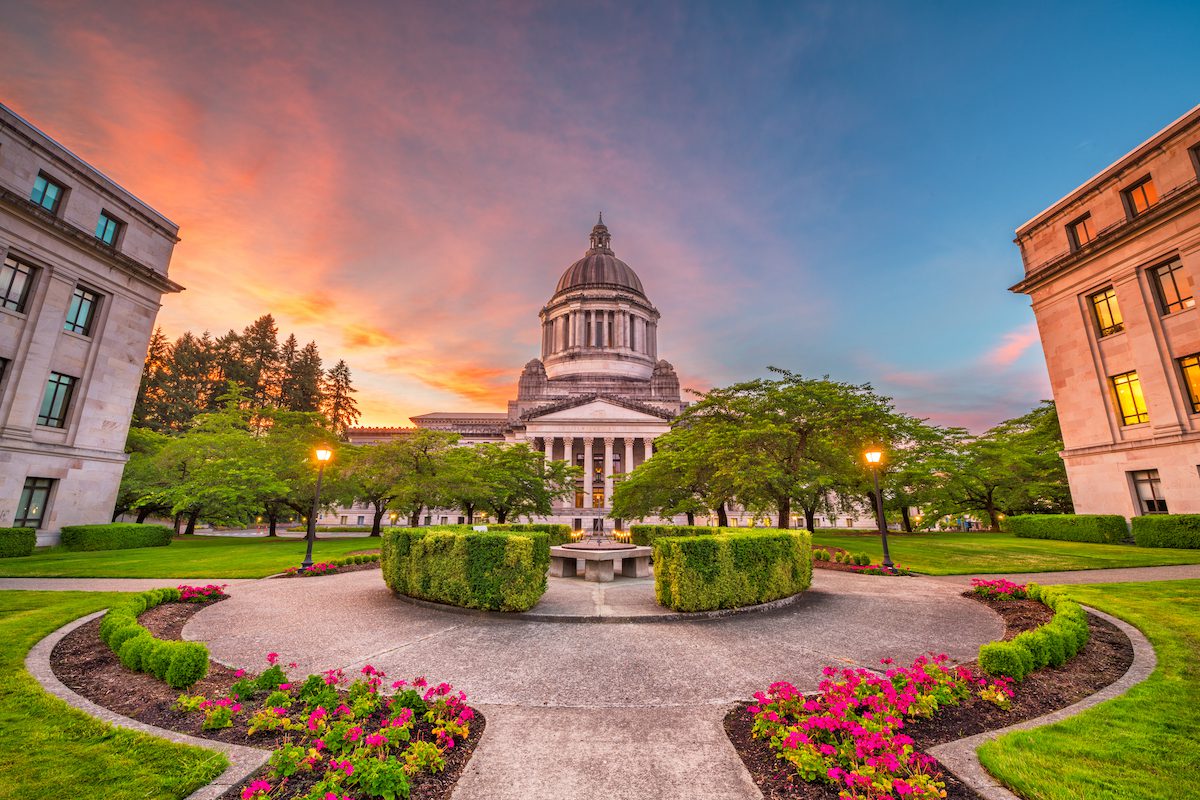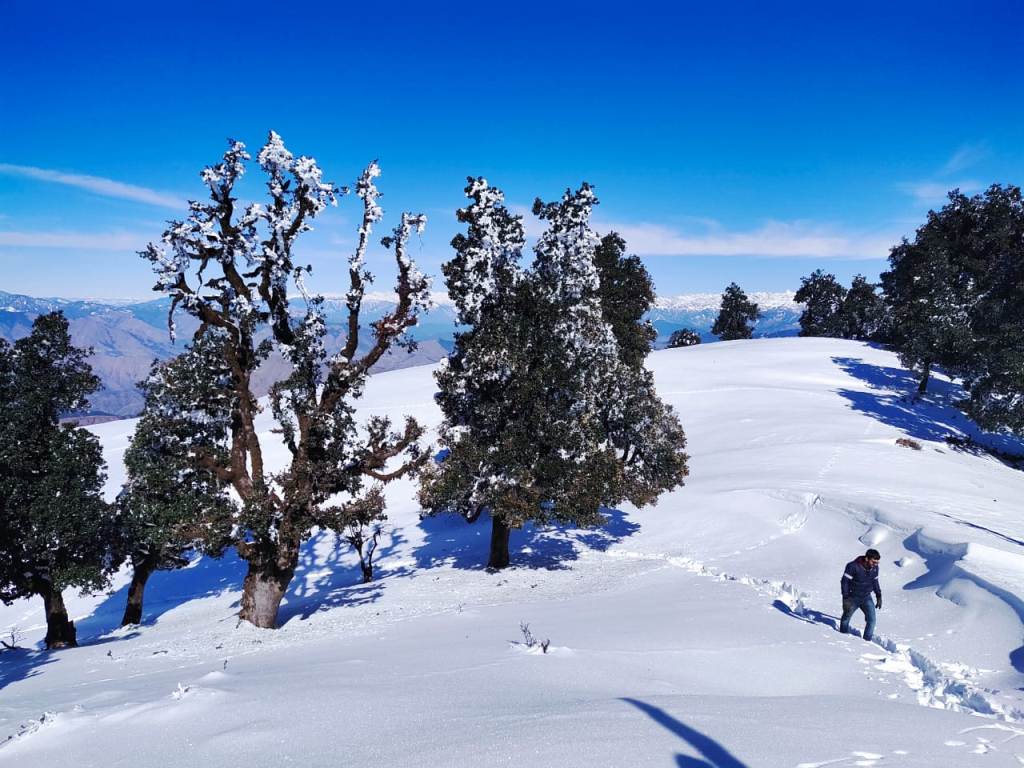“Golden Triangle”
Favorable climate, hard-to-reach mountainous areas and the cult of opium consumption that has developed here for centuries served as the basis for the creation of an opium empire, which flourished in the 70s of the last century. Almost 950,000 square kilometers of territory that is not subject to or controlled by any state. About 50 thousand people took part in this business. But that is already in the past. Thailand managed to restore order on its territory. But the problem has not yet been completely eradicated. There are still isolated opium poppy plantations in the mountainous regions of Laos and Myanmar .
On the Thai side in the village of Sop Ruak there is a commemorative sign marking the “golden triangle”. From this place you can see the neighboring states. Everything seems to be so close. Borders in line of sight. But only in Thailand is the memory of the “golden triangle” immortalized. The entire range of souvenirs and goods for tourists revolves around the golden triangle brand. The credit for the victory over the opium dominance in Thailand belongs entirely to Queen Mother Sikirit. This fragile woman, through consistent persistent actions, was able to reshape the life of local residents from the production of opium to the cultivation of highly profitable crops. Now high-quality tea and coffee, corn, large orchards are grown here.
There is a memorial arch on the Mekong embankment, reminding you that you are in the center of the “golden triangle” with inscriptions in Thai and English. The village of Sop Ruak is small, stretching along the Mekong embankment. You can get here with a tourist group on an air-conditioned minibus, but it is much more interesting to come by local regular transport. This is a pickup truck with an awning, in the back of which there are three wooden benches. Goes often and is inexpensive. But one thing should be taken into account. Last flight of the hour at 4pm or so. It is better to check the time on the spot. If you don’t have time to leave, then taxi drivers on land and boatmen on the Mekong will break such a fabulous amount that it will be cheaper to spend the night in Sop Ruak and use municipal transport in the morning.
Opium Museum
One of the attractions of Sop Ruak is the opium museum, which made the village famous all over the world. This is a small private museum, but the exposition is chosen with skill. Its creators made a lot of efforts so that any person who visited the museum could feel the atmosphere of the “golden triangle” of that time. It describes the history of opium and the map shows the path of distribution around the world. In an intelligible form, the whole process is described from planting a poppy seed to packaging for shipment to consumers. Industrial scale is visible by the weights used. The unit of measurement is 1.6 kilograms, and fractional values \u200b\u200bare already coming from it.
The life of an opium smoker can be seen in one of the exhibition halls. The furnishings of the hut are poor, but all the necessary attributes for smoking and opium production are present. This is indeed a realistic setting. The whole life of a person is reduced to a minimum of needs, a limited dose of the drug.
Opium poppy, like any other crop, needs careful care. Special favorable conditions are created for each grain, so that after the appearance of a sprout, it can be transplanted into the ground. Then the long process of caring for the plant begins until ripe boxes appear.
In the museum, on the walls above the showcases, there are illustrations with a detailed explanation of the technology. It seems that at the exit of the museum you will be offered to buy bags of opium poppy seeds for breeding at home. But this is only an impression. Thailand has a tough fight against drugs. Here, the death penalty is provided for such a crime. Therefore, it is better not to joke with this. Extradition is not provided.
Numerous tools are laid out in the correct order. Sometimes, it is difficult to imagine their purpose until you see the instructions for use. Each of them is made individually. It is evident that the masters took their work seriously. The exposure of scales is especially indicative in this respect. By their appearance and material of execution, one can judge by the status of the owner. Carved scales and weights made of precious metals are true works of art.
The opium-smoking cult reached its highest development. It was characteristic of all segments of the population. Simple bamboo pipes of peasants and ivory and gold from representatives of the nobility. The craving for the design of opium pipes is akin to modern car tuning. The finest work, complex ornate patterns evoke admiration and dumb delight. Many applied arts were placed at the service of the opium business.
The power and influence of the opium cartels made it possible not only to have their own army and the industrial scale of semi-legal traffic channels, but also to have their own trademarks. Many of them were easily recognizable, like Toyota or Dolce & Gabana are now.
A visit to the opium museum allows not only to see silent exhibits, but also to feel the spirit of that time. Plunge into the world of opium production, which for poor peasants was only a source of subsistence. Understand and feel the scale of the criminal business, which was very difficult to fight. And, only after that, the greatness of the deeds of the Queen Mother, who wrested her people from the tenacious clutches of the drug business, is realized.









